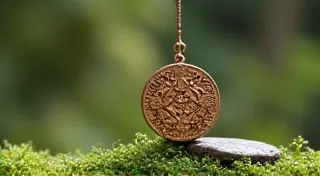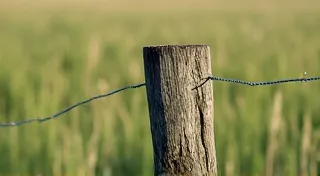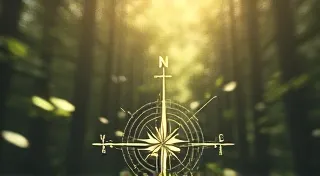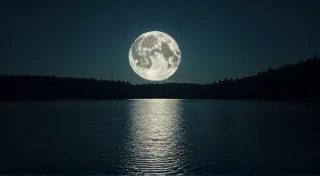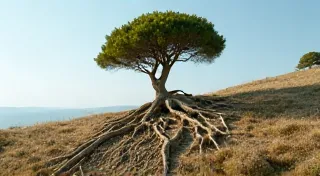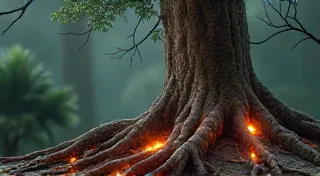The Unseen Cartographer: Fairy Rings and Underground Waterways
The first time I truly felt the weight of folklore wasn’t reading a book about it. It was listening to my grandfather play his antique accordion. It wasn’t the music itself, though he played with a raw, heartfelt passion, but the instrument itself – a battered, almost mournful thing, smelling of wood polish and a past he rarely spoke of. He'd purchased it, he once admitted, from a travelling salesman near a field rumored to be haunted by fairies. That field, as I later learned, was marked by a particularly prominent fairy ring. It was a connection, however tenuous, that ignited a lifelong fascination with the stories whispered beneath our feet – stories woven into the very landscape.
Fairy rings, those mesmerizing circles of mushrooms sprouting in fields and forests, are far more than just a curious natural phenomenon. For centuries, they’ve been potent symbols in folklore across Europe and beyond, figures of dread, enchantment, and mystery. They're often described as gateways to the fairy realm, places where mortals dare not tread, lest they be spirited away or cursed. But where do these ethereal legends arise? And is there a grounding, a tangible explanation that might illuminate the folklore’s power?

The Folklore: A Web of Fear and Wonder
The folklore surrounding fairy rings varies greatly by region. In England, they were often considered dangerous, boundaries crossed only at great peril. Stories abound of individuals who, foolish enough to dance within a ring, were found frozen in place, unable to move, or vanished altogether. Some traditions claimed that the fairies themselves held revels within the rings at night, their music and laughter a deceptive lure. Irish folklore echoes this apprehension, portraying the rings as places where mortals could be kidnapped to serve the “good folk.” Further east, in Slavic cultures, fairy rings are sometimes viewed with a mixture of reverence and fear, associated with the spirits of ancestors or powerful nature deities. The common thread, however, is a pervasive sense of the uncanny, of encountering something beyond the understanding of everyday human experience.
Consider the specific beliefs surrounding the mushrooms themselves. The fact that the mushrooms grow in a perfect circle, seemingly without rhyme or reason, adds to the mystery. They’re often perceived as having healing properties, but also as poisonous, mirroring the dual nature of the fairy realm itself - capable of both blessing and destruction. In many regions, it was strictly forbidden to pick mushrooms from within a fairy ring, a transgression believed to invite misfortune.
The Science Beneath the Story: Water and Geology
While the enchanting narratives are captivating, a more grounded hypothesis begins to emerge when we consider the science underlying fairy ring formation. Modern mycologists now understand that fairy rings are created by certain species of fungi that spread outwards in a circular pattern. As the fungus grows, it depletes the soil of nutrients, creating a ring of dead grass. The mushrooms themselves are simply the fruiting bodies of the fungus, appearing as a visible manifestation of this underground network.
But what dictates the *shape* of this network? The groundbreaking theory suggests that underground water sources – springs, streams, and even subterranean drainage patterns – play a critical role. Fungi thrive in moist environments. A consistent supply of groundwater could provide the ideal conditions for the fungus to expand outwards, following the contours of the underground water table. Geological features, such as layers of rock or clay, could also influence the direction of fungal growth, causing it to bend and form the characteristic circular shape. Essentially, the fungus is acting as an unseen cartographer, charting the hidden pathways of water beneath the surface. The folklore, it seems, may have intuitively grasped this connection, even if the mechanism remained a mystery.
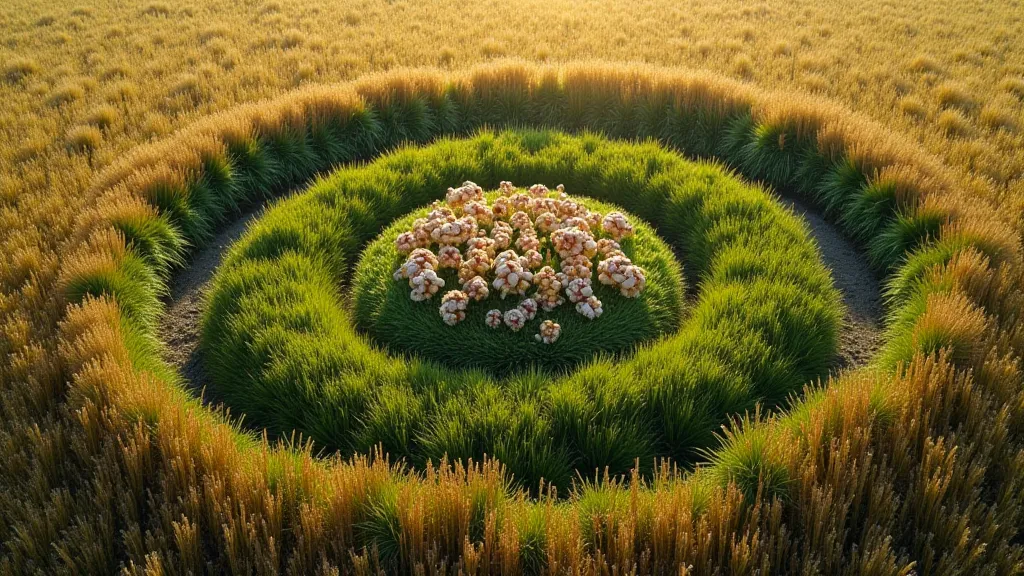
Regional Variations and the Echoes of Landscape
Examining regional variations in fairy ring folklore reinforces this idea. Areas with abundant underground water sources, like the English Cotswolds or the Irish countryside, tend to have particularly rich and elaborate fairy ring traditions. The stories often link the rings to specific springs or wells, further blurring the line between myth and reality. For instance, some legends claim that a fairy queen guards a hidden well at the center of the ring, accessible only to those deemed worthy.
The distribution of fairy rings themselves isn’t random. They are more common in areas with specific geological formations and soil types, further supporting the connection to underlying water sources. A keen observer might notice a correlation between the presence of fairy rings and the location of ancient wells or boundary markers – features that likely reflect an understanding of the land’s hidden resources.
Collecting and Caring for the Stories – and the Instruments
Just as fairy rings reveal hidden landscapes, antique instruments like my grandfather’s accordion offer a glimpse into the past. Collecting these instruments isn’t simply about acquiring an object; it’s about preserving a connection to a specific time and place, to the hands that crafted it, and the music it once played. Restoring an accordion, like uncovering the truth behind a fairy ring legend, requires patience, skill, and a deep respect for the object’s history.
The process of restoration is a delicate dance between preservation and repair. Replacing damaged bellows, repairing cracked wood, and carefully cleaning the keys – each step reveals more about the instrument’s construction and the techniques of the craftsman. And just as the folklore of fairy rings is constantly evolving, shaped by cultural shifts and individual interpretations, so too does the appreciation of antique instruments deepen with understanding.
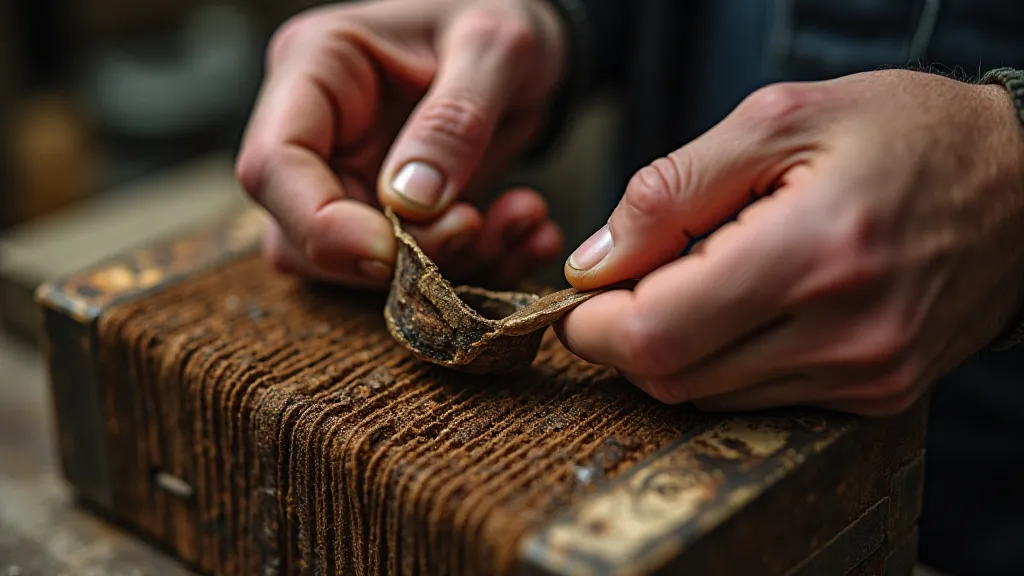
The Enduring Mystery
The interplay between folklore and science provides a fascinating lens through which to examine our relationship with the natural world. While the scientific explanation for fairy ring formation demystifies the phenomenon to some extent, it doesn’t diminish the power of the stories. In fact, it enriches them, revealing a deeper appreciation for the ingenuity of those who came before us, who observed the patterns in the landscape and wove them into tales of wonder and enchantment. The unseen cartographer, mapping the hidden waterways beneath our feet, continues to guide our imaginations, reminding us that the most profound truths are often found at the intersection of myth and reality.
